Decoding the Cat Yawn: What Your Feline’s Yawning Really Means
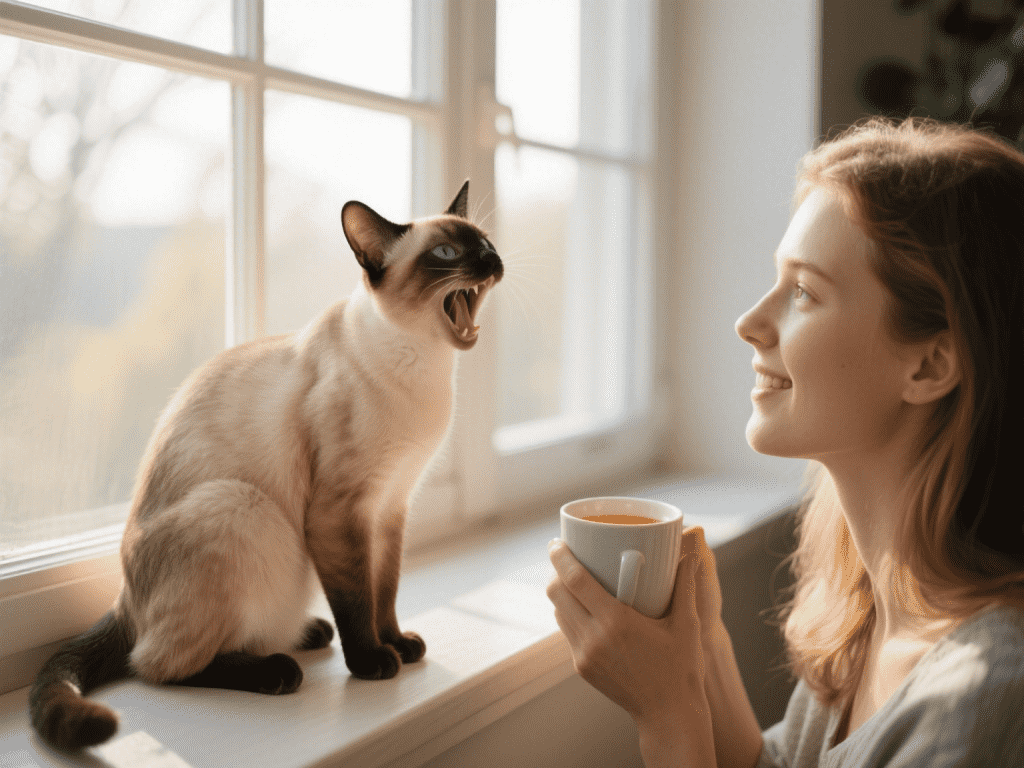
At first glance, a yawning cat seems no different from a sleepy human—but these wide‑mouthed stretches carry nuanced messages. With years of observing feline subtlety, I’ve learned that yawns can signal more than drowsiness: they’re rich in context about stress, social dynamics, and well‑being. In this article, we’ll decode the cat yawn, backed by veterinary insights and behavioral research, so you can better understand your cat’s inner world.
1. The Physiology of a Yawn
Muscle Stretch:
Yawning engages multiple muscles in the jaw and face, increasing blood flow and oxygen intake.Brain Cooling Hypothesis:
Some studies suggest yawns help regulate brain temperature, improving alertness.
Veterinary Note: Excessive yawning paired with drooling or pawing at the mouth may warrant a dental check.
2. Stress vs. Contentment
Stress Yawns:
In unfamiliar or tense situations—vet visits, new environments—cats may yawn as a self‑soothing gesture.Contempt Yawns:
A relaxed cat, after a cozy nap, yawns to transition from sleep to wakefulness, signaling contentment.
Behavioral Cue: Observe accompanying body language—flattened ears or tucked tail often indicate stress, whereas loose posture denotes relaxation.
3. Social Communication
Non‑Threatening Signal:
In multi‑cat households, a slow, deliberate yawn can diffuse tension; it’s akin to “I’m not looking for conflict.”Bonding Moment:
Cats may mirror each other’s yawns when they share a strong social bond, similar to human contagious yawning.
4. Health Indicators
Respiratory Issues:
Frequent yawning with open‑mouth breathing can hint at asthma or upper respiratory infections.Dental Pain:
Reluctance to fully close the mouth after a yawn, or holding it open, could signal oral discomfort.
5. Encouraging Healthy Yawns
Enriched Environments:
Offering climbing structures and window perches reduces stress and promotes natural behavior cycles.Routine & Predictability:
Regular feeding and play schedules help maintain sleep‑wake cycles, minimizing stress yawns.Dental Check‑Ups:
Annual examinations catch dental issues early, keeping each yawn pain‑free.
Conclusion
The humble yawn packs surprising depth in feline communication and health. By paying attention to context—body posture, environment, accompanying sounds—you’ll discern whether your cat is blissfully relaxed or quietly stressed. Next time your cat greets you with a big yawn, you’ll know exactly what they’re telling you, deepening your mutual understanding and ensuring a happier, healthier companion.
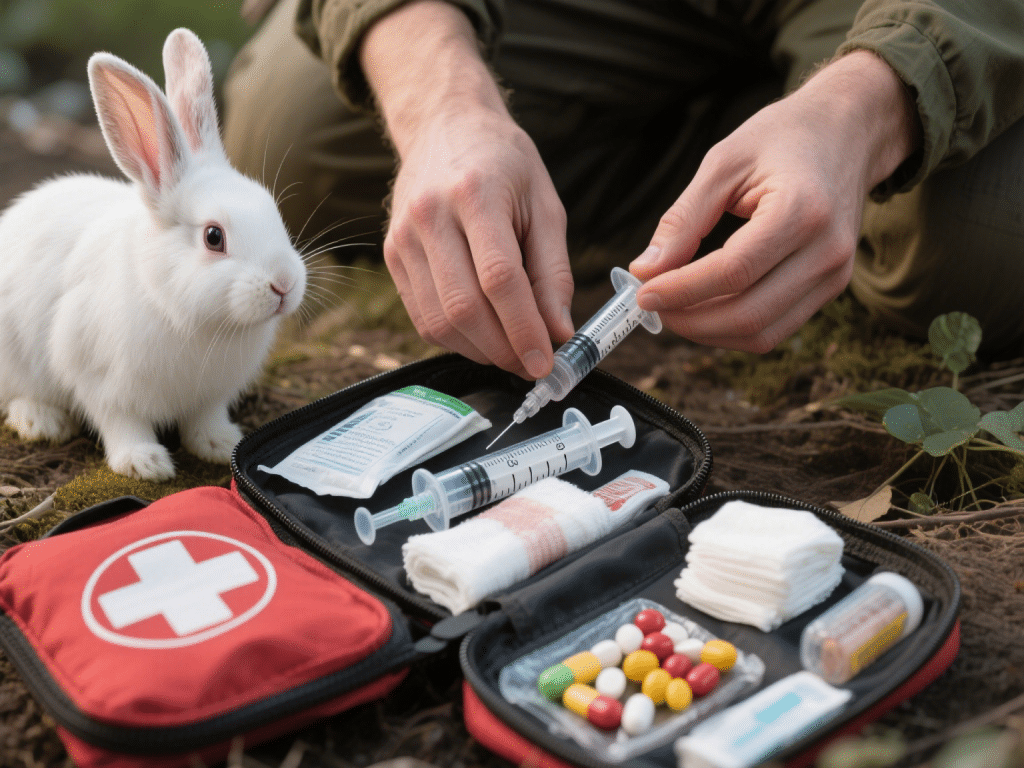
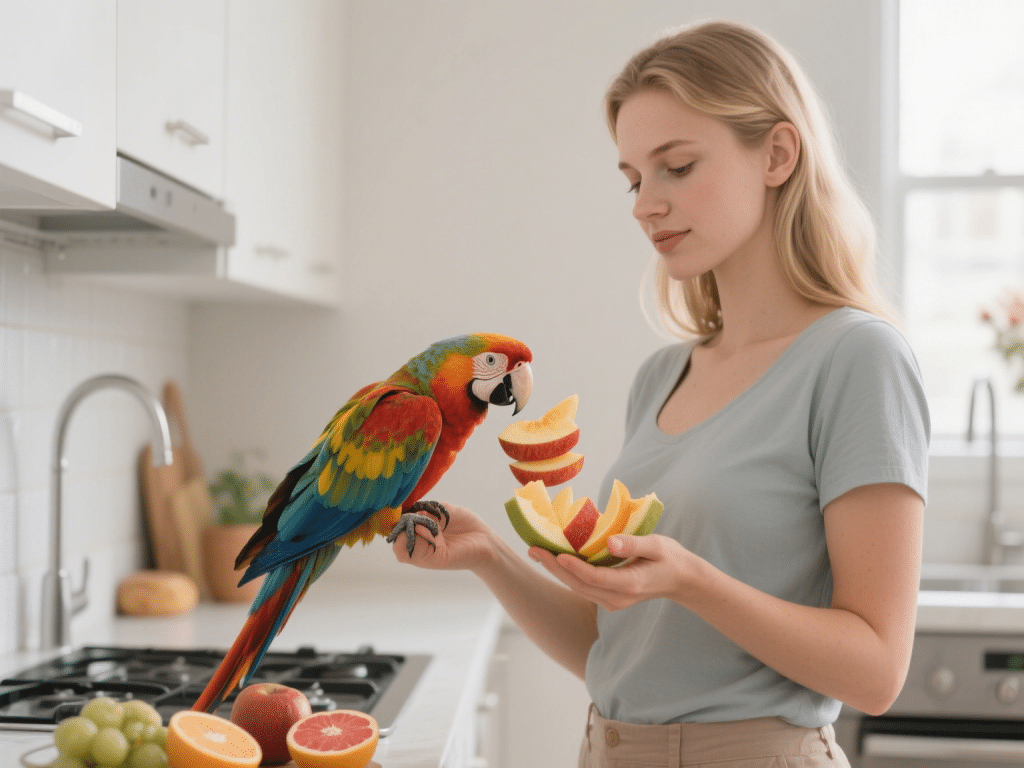
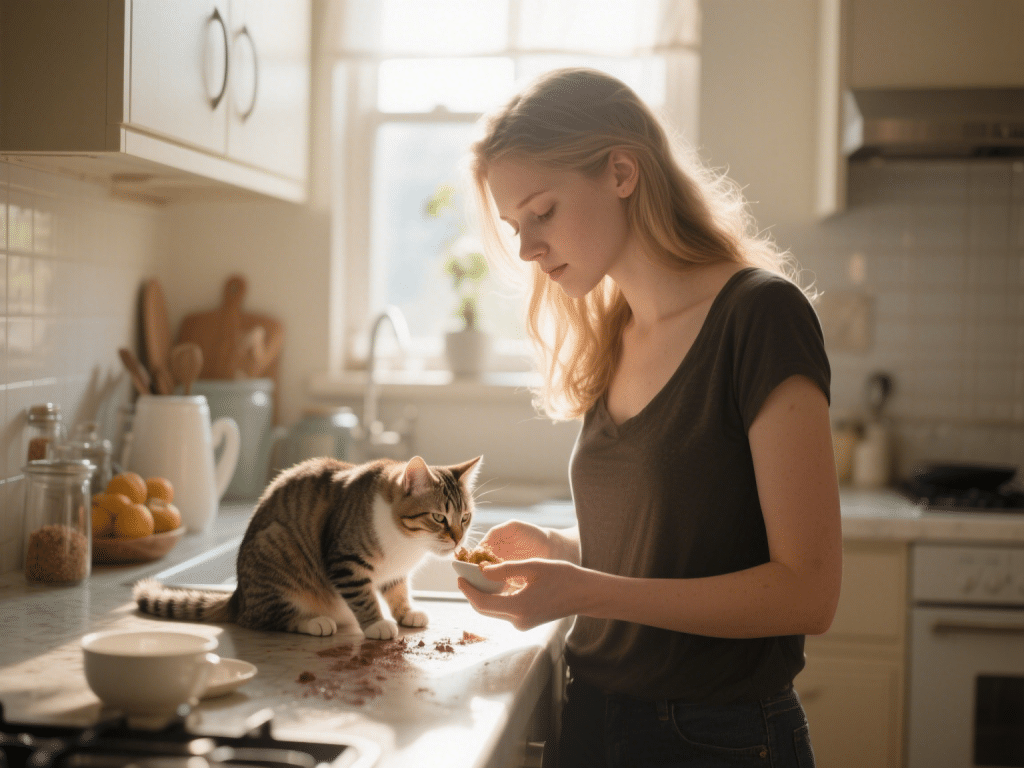


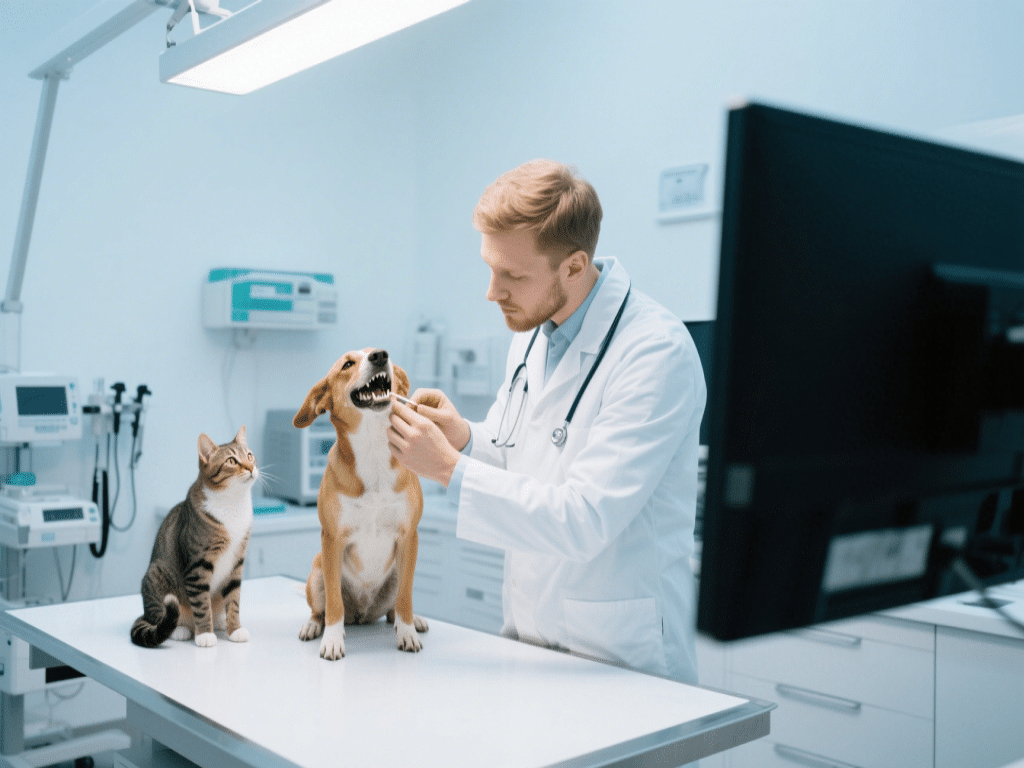
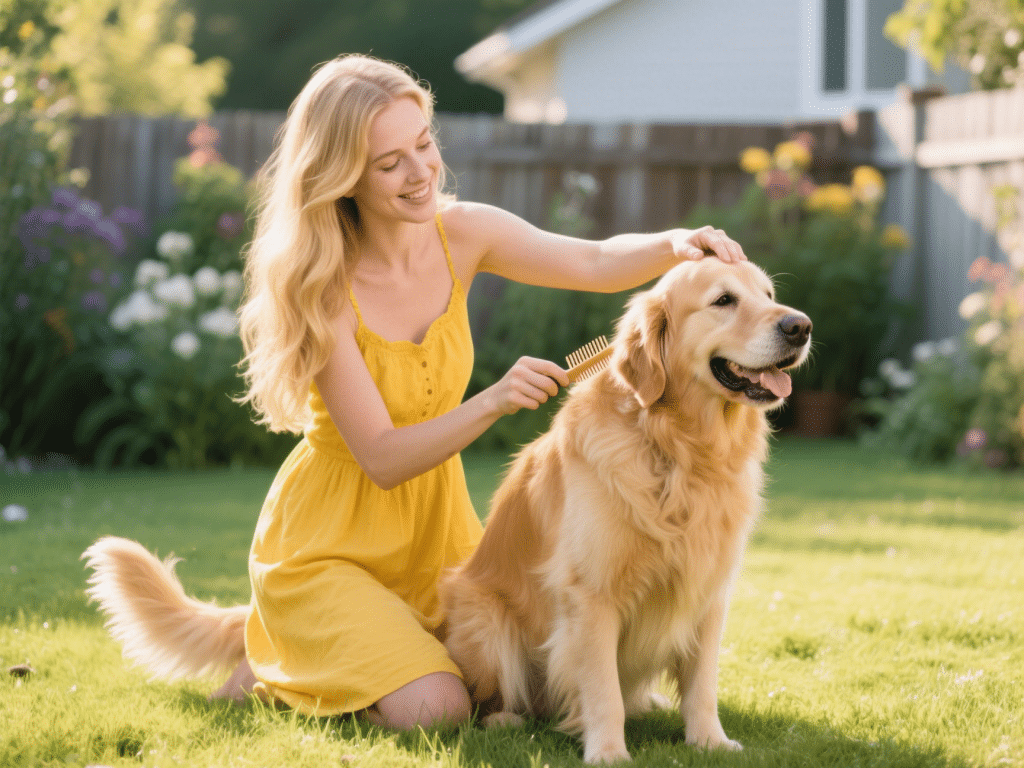

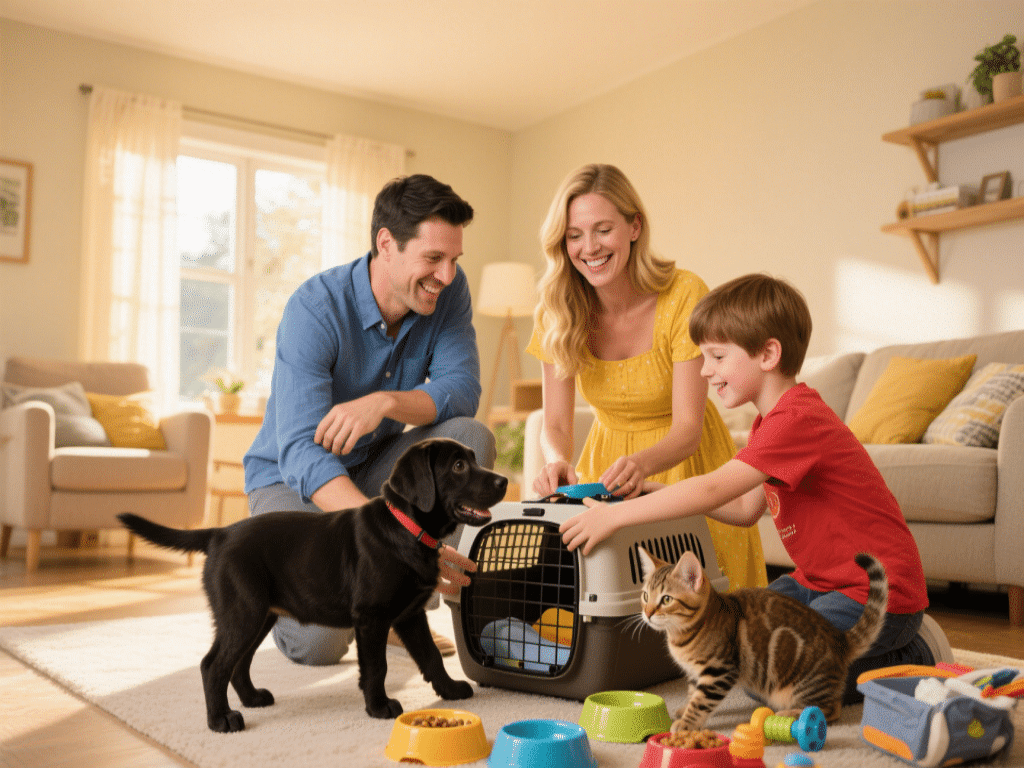
Comments on "Decoding the Cat Yawn: What Your Feline’s Yawning Really Means" :